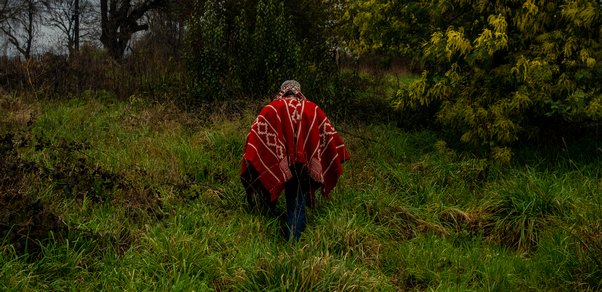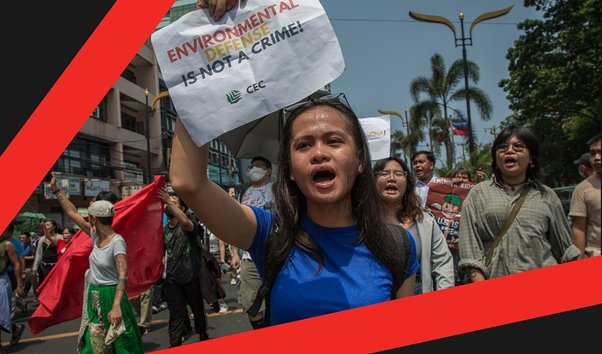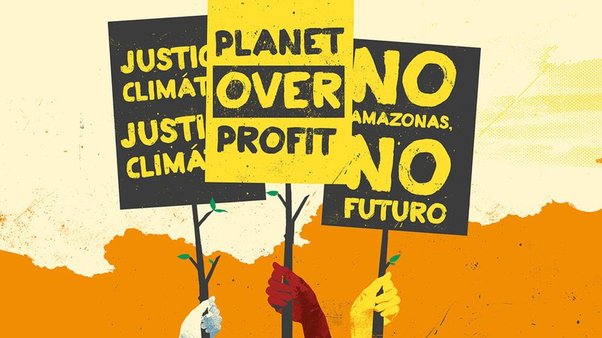When land grabbing banishes communities from their homes, the surrounding environment and biodiversity are left at the mercy of destructive industries
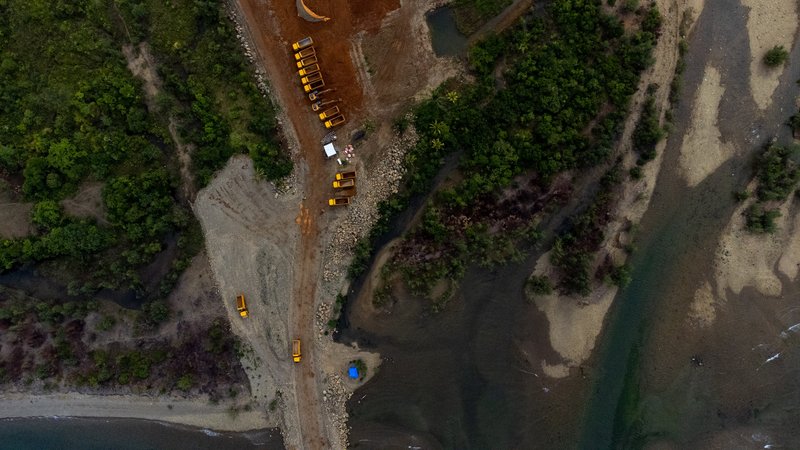
Mining is emerging as a major risk factor for land grabbing. Basilio Sepe / Global Witness
The term "land grabs" describes large-scale acquisitions of land that rob communities of access to their homes and livelihoods. While the term has become more common in the last two decades, the concept is deeply rooted in historical injustices.
Fundamentally a land grab on a global scale, colonialism was driven by European powers seeking to expand their empires and exploit the resources they encountered. Through violence, deception and imposed legal systems, colonisers dispossessed communities and Indigenous Peoples the world over of their lands.
This legacy of colonialism continues to shape global power dynamics and the distribution of land and wealth, and destructive industries continue to encroach on communities’ territories in search of space and resources.
Whether for industrial agriculture, logging or mining, contemporary land grabs echo the past and often perpetuate the same patterns of exploitation, marginalisation and disregard for the rights and livelihoods of local communities. Many of these land grabs are illegal.
To defend their lands, livelihoods and homes, communities are forced to resist. In doing so, they become land and environmental defenders.

Mapuche leader Julia Chuñil's son, Pablo Marcelo San Martín (left) and his stepfather, Bermar Flavio Bastías Bastidas, (right) look over land cleared by logging companies. Tamara Merino / Global Witness
What is land grabbing?
Land grabbing is the acquisition of a large expanse of land or territory by a range of actors: investors, corporations, governments and powerful individuals. Usually, land grabs are at the expense of families and communities who have lived on or used the land sustainably for generations.
It may occur through a direct purchase of land, through leases or the illegal occupation of land. It often occurs in countries where there are weak legal protections on land rights.
In Chile, for instance, the Mapuche Indigenous Peoples have been locked in a struggle with the state to legally reclaim their ancestral lands from which they were historically displaced. But official tenure has proven difficult to secure.
This legal uncertainty leaves the Mapuche vulnerable to both land grabbing and violence, particularly as corporate actors show interest in extracting from the area. One Mapuche leader, Julia Chuñil, was disappeared after years working to secure rights to, and protect, ancestral land.
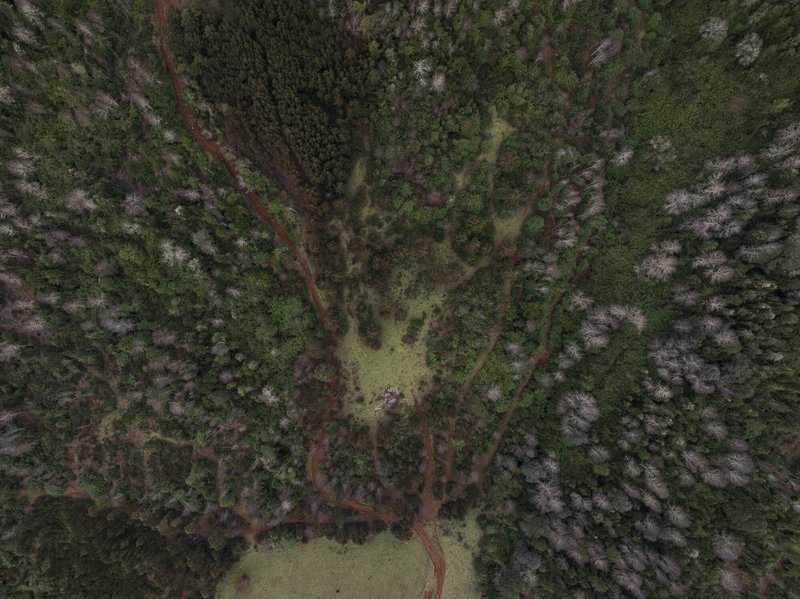
Land grabbing may also occur through force. A central driver behind many of today’s wider global conflicts, land grabbing is also undertaken by states. Russia’s invasion of Ukraine, for instance, can be understood as a land grab, as can Israeli settlers’ seizure of Palestinian territory in the West Bank.
Along with resources, conflict over land can stem from historical claims and deep-rooted beliefs around identity.
What are land rights and who has them?
While land rights are a vague issue under international law, it tends to refer to an individual’s or the collective rights to own, occupy, enjoy and use a piece of land.
Secure land rights are intimately connected to the broader protection of several human rights. For many people globally, land is a source of livelihood and food security. It is more than earth; it is culture, identity, security. And it is linked to efforts to protect the environment and nature. For many, land means life.
Rights to land are enshrined under legislation like property law or considered a customary right. Indigenous communities who have historically inhabited a piece of land, or used it for traditional hunting and gathering, may be granted an informal right to its continued use, for example.
Without these legal protections, Indigenous Peoples and other communities can find themselves ejected from their homes and displaced from the land on which they live – usually without proper consent, compensation or transparency.
In the case of landless peasant communities, even customary rights can be out of reach, leaving millions dispossessed without legal recourse.
In Brazil, where a meagre 3% of the population is thought to own two-thirds of arable land, the Movimento Sem Terra (MST) has learnt to navigate legal loopholes to establish land rights instead – namely the stipulation that Brazil’s government may reappropriate land that “is not fulfilling its social function.” By taking aim at unproductive farmland, MST has secured land titles for some 350,000 families.
Women too might struggle to assert their land rights, if they are granted any at all. Women are still denied inheritance of their husband’s property in over 100 countries, and even when women’s ownership of property is legally recognised, patriarchal cultural attitudes may prevail – in some areas of Latin America, for example, daughters have been expected to relinquish land they inherit to their brother.
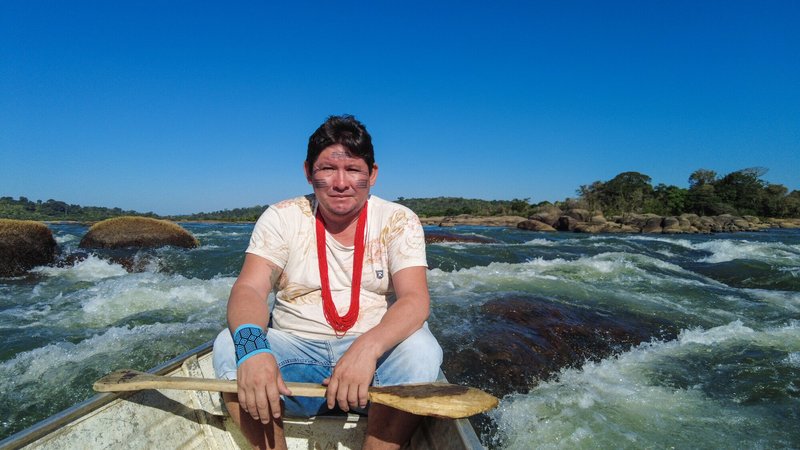
Mama Parakanã, chief of Apyterewa Indigenous village, Brazil, told our investigators about land grabbers who came to burn down his village. Cícero Pedrosa Neto / Global Witness
Asserting one’s rights to land does not come without risk. When land defenders and their communities speak out against land grabs, they can face harassment and violence.
One Global Witness investigation into Brazil’s Apyterewa Indigenous land heard testimonies from village leaders about attacks by land grabbers, with community members shot at, animals slaughtered and entire homes burnt down. These attacks are likely linked to illegal cattle farms in the area.
While land rights are not typically tied to human rights under international law, there is a growing argument that the two should be linked. Without official rights over the lands and territories, communities’ access to a place to live, grow food and access drinking water can all be compromised – along with their cultural identity.
What are the underlying drivers of land grabbing?
Land grabbing is driven by unequal power dynamics between major industries, governments and investors working to secure land – whether directly or indirectly – and the people who have made their homes and live off the land.
Land grabbing has been exacerbated in recent decades by:
- The growing commercialisation of farming (the acquisition and consolidation of small farms into large international agribusinesses)
- The increased spread of land-intensive industries like mining
- Organised criminal group activity
- "Green grabs" and the transformation of conservation and agriculture into investment opportunities
Agribusiness has historically hoarded land across the globe. Between 2006 and 2016, 491 large-scale land grabs took place for food and biofuel production, according to non-profit GRAIN’s count. Meanwhile, in early 2016, the Land Matrix found agriculture deals representing nearly 30 million hectares of land – an area roughly the same size as Italy.
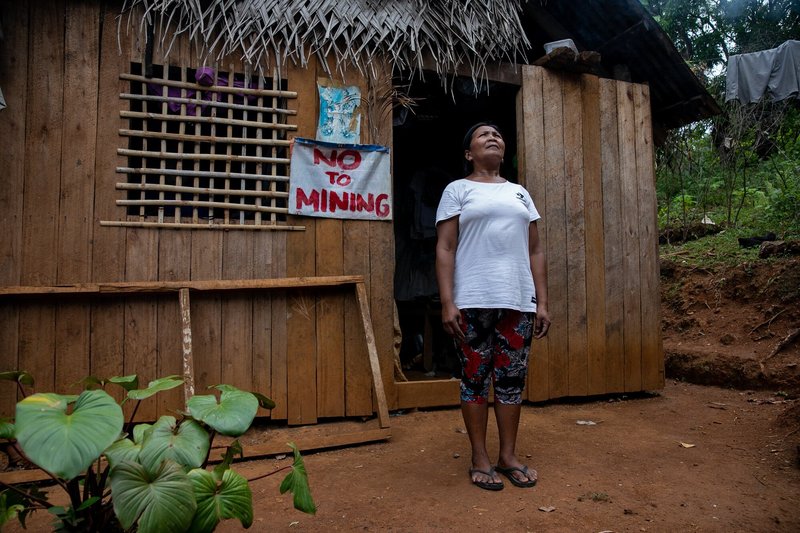
Mining is also emerging as a major risk factor. One Nature report found that almost 70% of existing transition mineral mining projects – which extract materials essential to the energy transition – are on or near land that belongs to Indigenous Peoples or peasant communities.
Beyond mining, “green grabs” – the sale of land to enable the green transition, carbon offsets and controversial conservation projects – more broadly have increased, representing around 20% of land grabs today.
The global crackdown on drug trafficking has also had the unintended effect of driving organised criminal groups deeper into remote areas, such as tropical forests, where their activities clash with Indigenous communities. By carving out space for roads or creating cattle pasture to launder money, drug traffickers not only increase deforestation but also force Indigenous Peoples off their land, sometimes with violence.
The inequalities and stigma faced by defenders, particularly Indigenous communities, women and rural peasants, inflame these factors. The discrimination that these groups face is then intensified by land dispossession in a grim self-perpetuating cycle.
In the Philippines, for instance, Indigenous Peoples lost an area of land bigger than 2.2 million football fields to mining tenements since the 1990s, according to a Global Witness investigation.
The stigma faced by Indigenous Peoples in the Philippines compounds this displacement. Some have been forced to grapple with being typified as terrorists. Such accusations are increasingly being used to silence defenders who resist environmentally damaging projects, in a process called “red-tagging”.
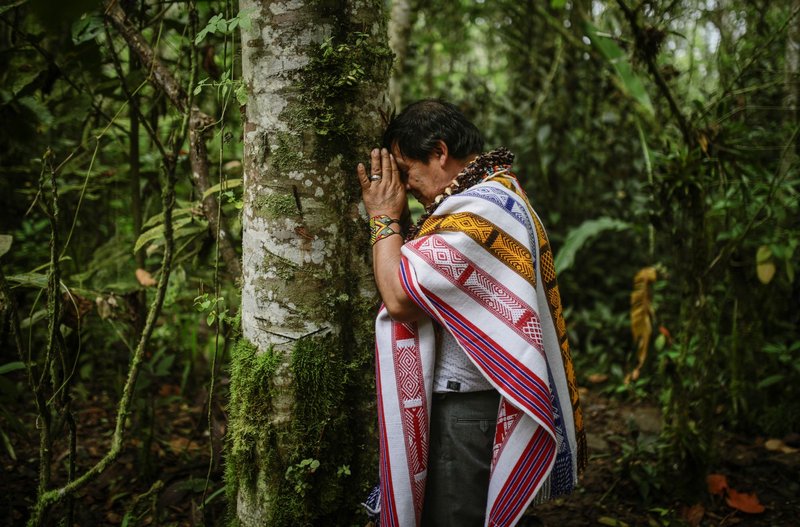
Indigenous Peoples and defenders play a vital role in protecting our planet’s remaining biodiversity. Juancho Torres / Anadolu Agency via Getty Images
What is the relationship between land rights and the environment?
Land ownership and environmental protection are not separate entities but inextricably linked. When communities assert their rights to land and to a healthy environment – one where they can breathe clean air and find enough food and clean water – they provide a buffer against environmentally destructive actors.
Indigenous Peoples and local communities play a vital role in protecting our planet’s remaining biodiversity, equipped as they are with localised generational knowledge of their home’s specific habitats.
Despite only making up around 6% of the world’s population, Indigenous Peoples are thought to manage a quarter of its land through customary arrangements. Beyond this, at least half of our planet's land area is believed to be under Indigenous or community tenure.
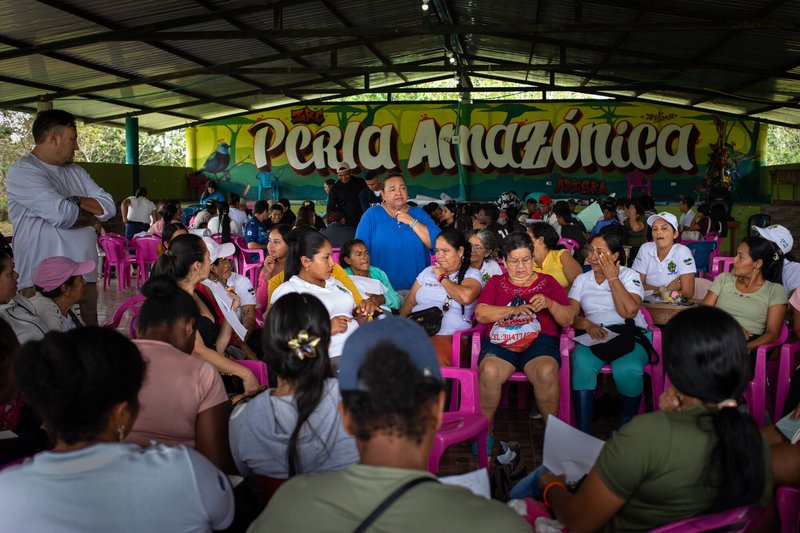
The traditional and customary knowledge that they hold has a dramatic impact on conservation – over a third of the planet’s remaining intact forest landscapes sits in Indigenous territory. Conversely, deforestation rates tend to be lower in Indigenous-managed territory in comparison to unprotected areas, while carbon storage is higher.
Yet Indigenous Peoples and local communities have legally secured just a tenth of their own land.
The benefit that protecting local communities’ land rights has for the environment can be seen in one of Colombia first protected peasant reserves, Asociación de Desarrollo Integral Sostenible Perla Amazónica (ADISPA). As well as defending land rights for campesino communities, ADISPA promotes sustainable farming practices that help to preserve biodiversity in the area.
For many people worldwide, stewardship of their land has also formed an integral part of belief systems, customs and collective identity.
Solutions: Protecting the land rights of affected communities and Indigenous Peoples
States must guarantee the land rights of rural communities and Indigenous Peoples through comprehensive land reforms that redistribute land and promote fairer land ownership.
This should involve all government and business projects securing the free, prior and informed consent of affected Indigenous and traditional communities through meaningful consultation.
This is stipulated in the UN Declaration on the Rights of Indigenous Peoples, The Indigenous and Tribal Peoples Convention (ILO Convention 169) and the UN Voluntary Guidelines on the Responsible Governance of Tenure of Land, Fisheries and Forests.
